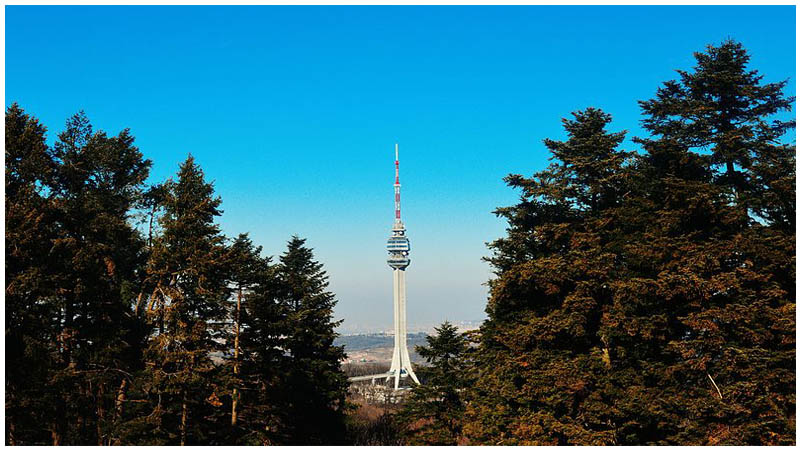Mount Avala overlooks the city of Belgrade, the capital of Serbia. Near the summit of the mountain stands a telecommunications tower, which was a witness to the NATO bombing of Yugoslavia during the Kosovo War: a conflict that took the lives of around 13,500 people.
The tower was the brainchild of three men. Slobodan Janjić and Uglješa Bogunović, the main architects of the project; and Slobodan Janjić, the main engineer. Construction began on October 14, 1961.
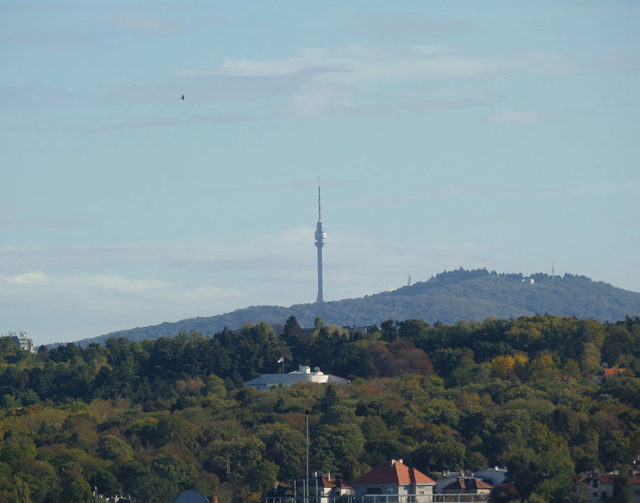
Despite the tower’s challenging location, construction went smoothly and according to plan. In 1965, four years after the project was launched, the tower was completed. Made of reinforced concrete, the tower had a colossal weight of around 4,000 tonnes.
Between 335 and 443 feet up the tower was an observation deck, served by two fast elevators. The tower rested on three concrete legs arranged as a tripod.
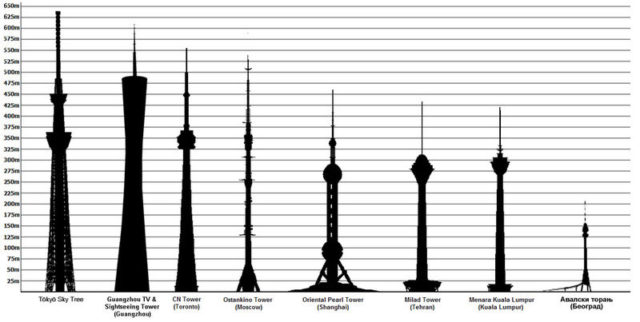
The main body of the tower was shaped like an equilateral triangle, and it was the only tower in the world to be shaped in this way. The tripod legs were symbolic of the traditional Serbian “tronožac” chairs, and according to researchers Avala Tower was one of only a small number of towers to have a tripod as its base. The total height of the tower was a staggering 672 feet.
An antenna was mounted to the top of the tower, which served to broadcast television – at the time still black and white. In 1972, six years after the completion of the tower, the old antenna was removed and a new one was added that was capable of color broadcasting. The same year, on New Year’s Eve, Radio Television Belgrade began transmitting in color.
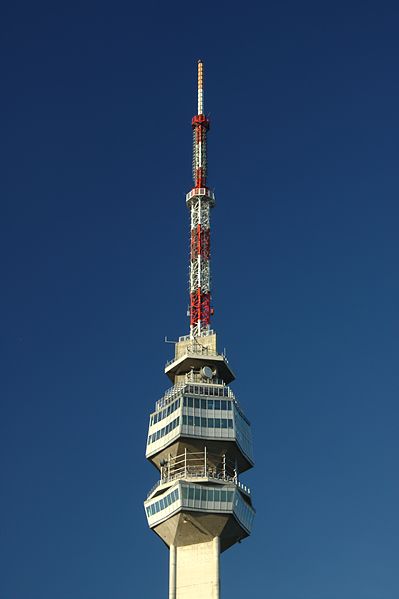
On March 23, 1999, NATO began the bombardment of Yugoslavia. The same year on April 29th, the tower was completely obliterated. At first, only the power supply to the tower was destroyed. A backup generator was immediately installed by a military officer.
The idea behind the attack on the tower was to disable RTS (Radio Television Serbia) transmission so that television would be off-air during the whole war period. But RTS relayed their broadcasts on a different network that belonged to a local station and had the broadcasting capacity to cover all of Serbia.
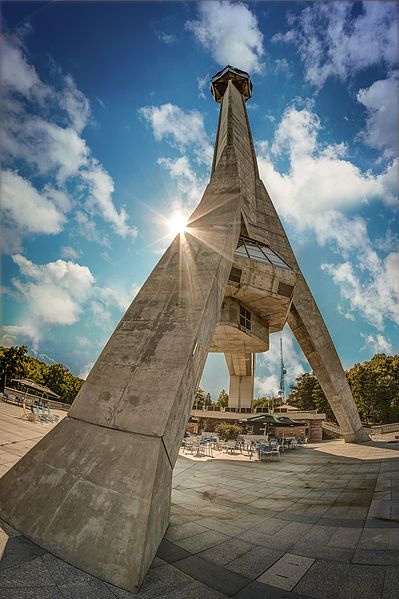
The bombing of the tower was one of the NATO’s last operations in the area and the tower was among the last the be destroyed in the conflict. Avala Tower was hit by a GBU-27 Paveway III: a laser-guided bomb known as “The Hammer.”
During the bombing, one of the three concrete legs was hit, which caused the whole structure to tumble. The famous landmark lay in ruins for a few years.
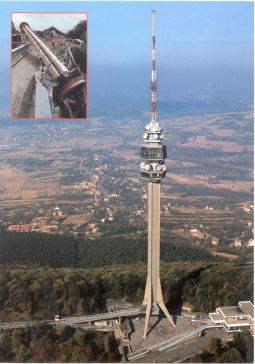
Then, in 2004, the decision was made to re-erect the tower, and so a number of events were organized to raise enough funds for the project. One of these fundraising events was a tennis match organized between Serbian Grand Slam winners Novak Djokovic and Ana Ivanovic, with all proceeds going to the rebuild. Serbian folk singer Ceca Ražnatović also held a concert to raise funds.
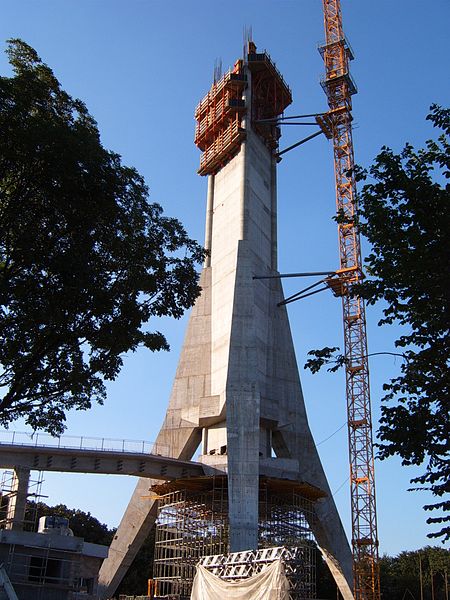
More than €1 million was raised. One year later, the clearing of the location began and construction began in 2006.
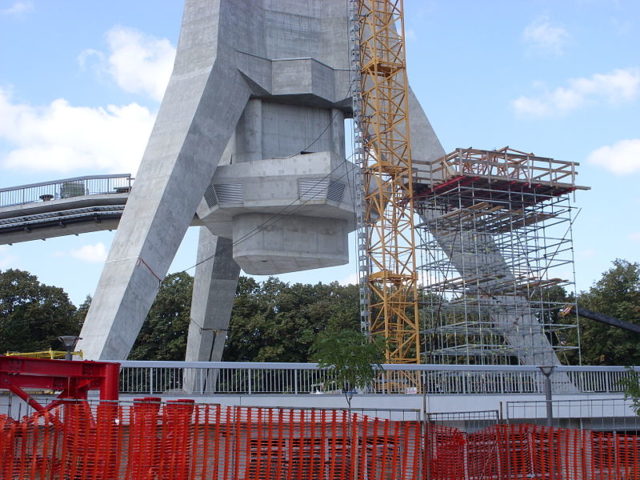
The Ratko Mitrović Company was hired for the project and its director, Dušan Basara, signed the contract. In 2009, at the time of the tenth anniversary of its destruction, the tower was completed. The tower was officially opened one year later, on April 21, 2010. Today, the tower attracts a huge number of tourists; more than 150,000 people visited the tower in 2017.
